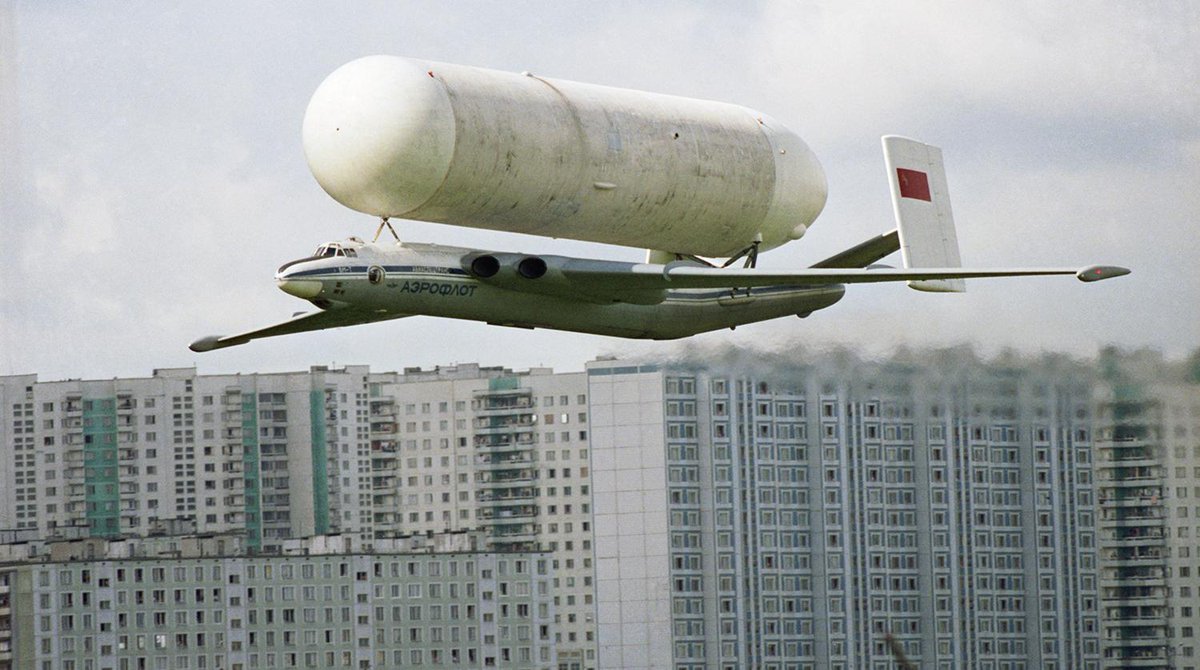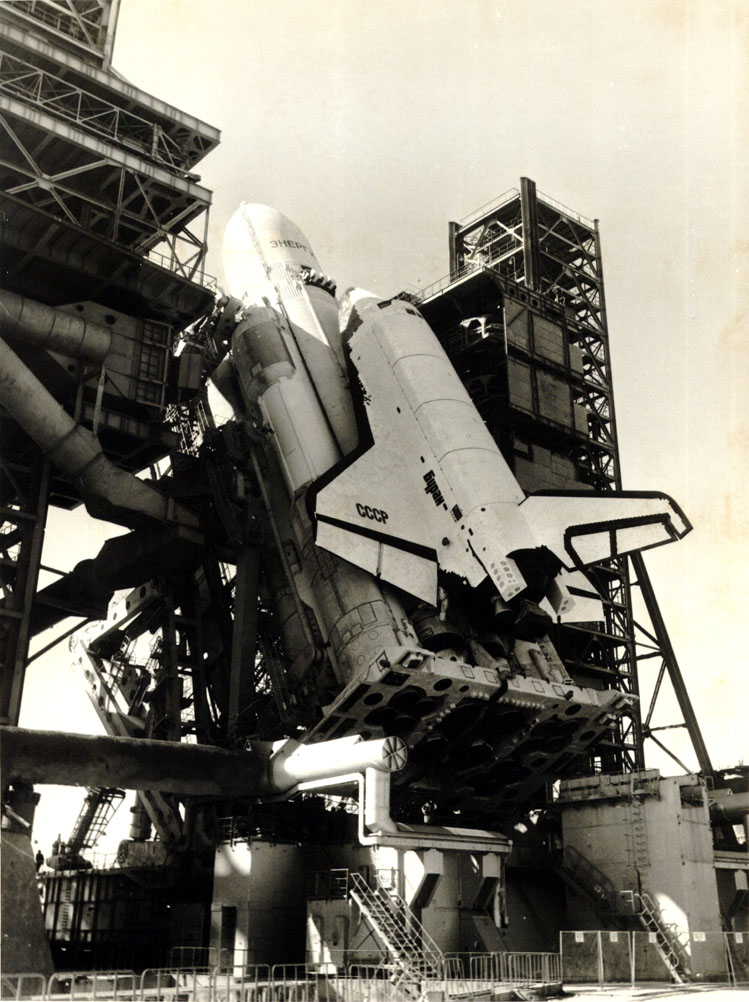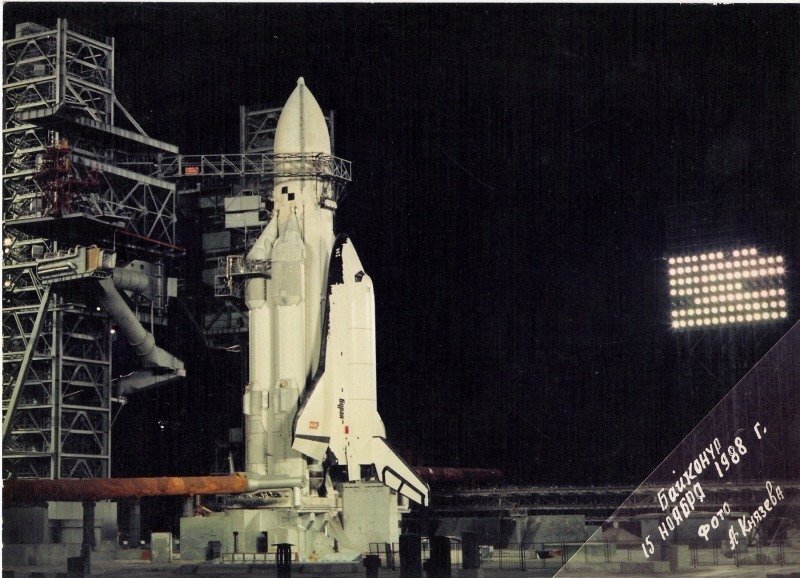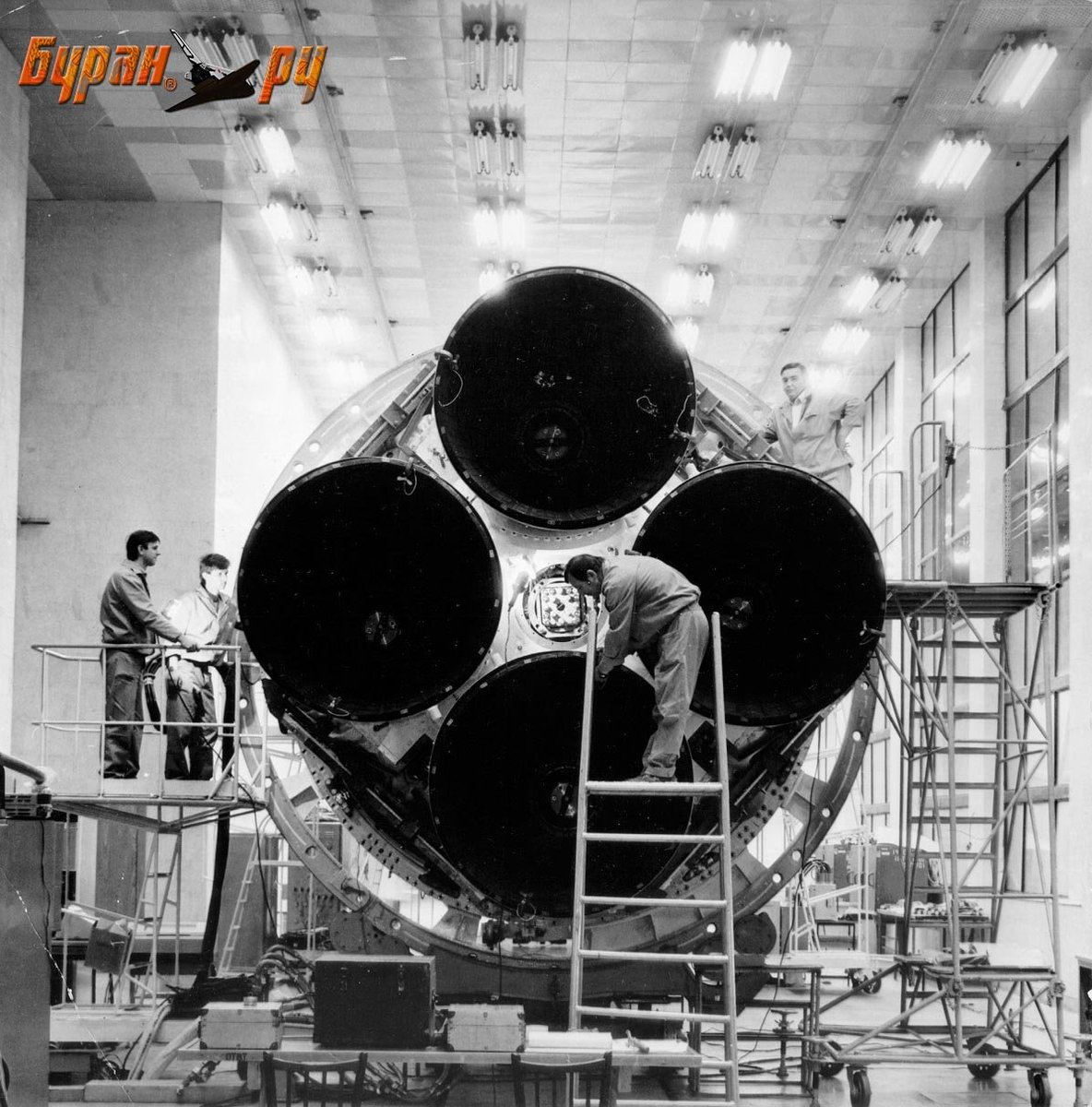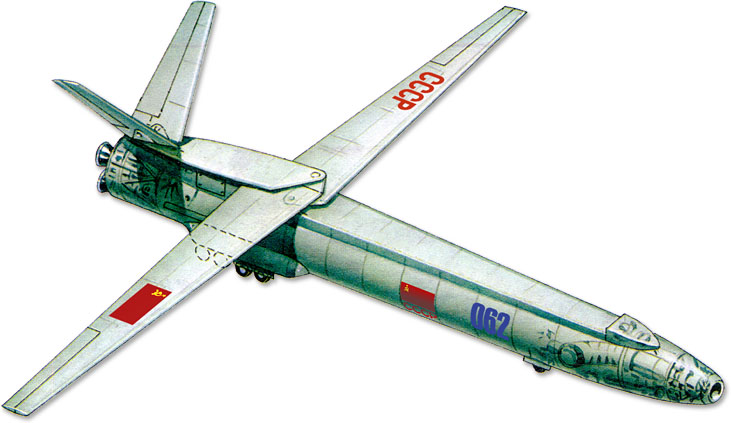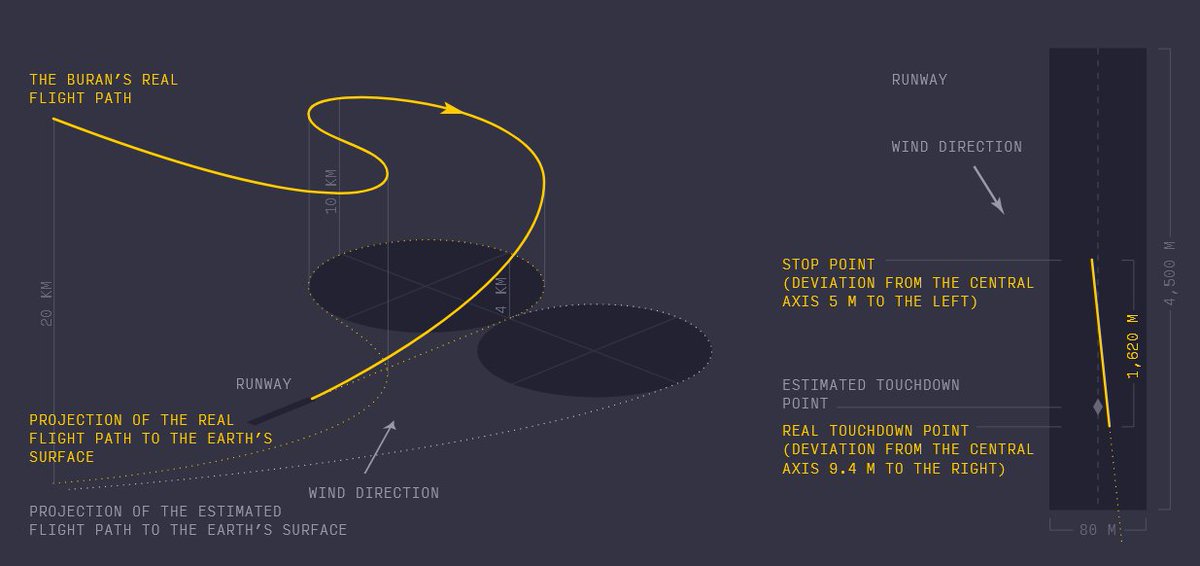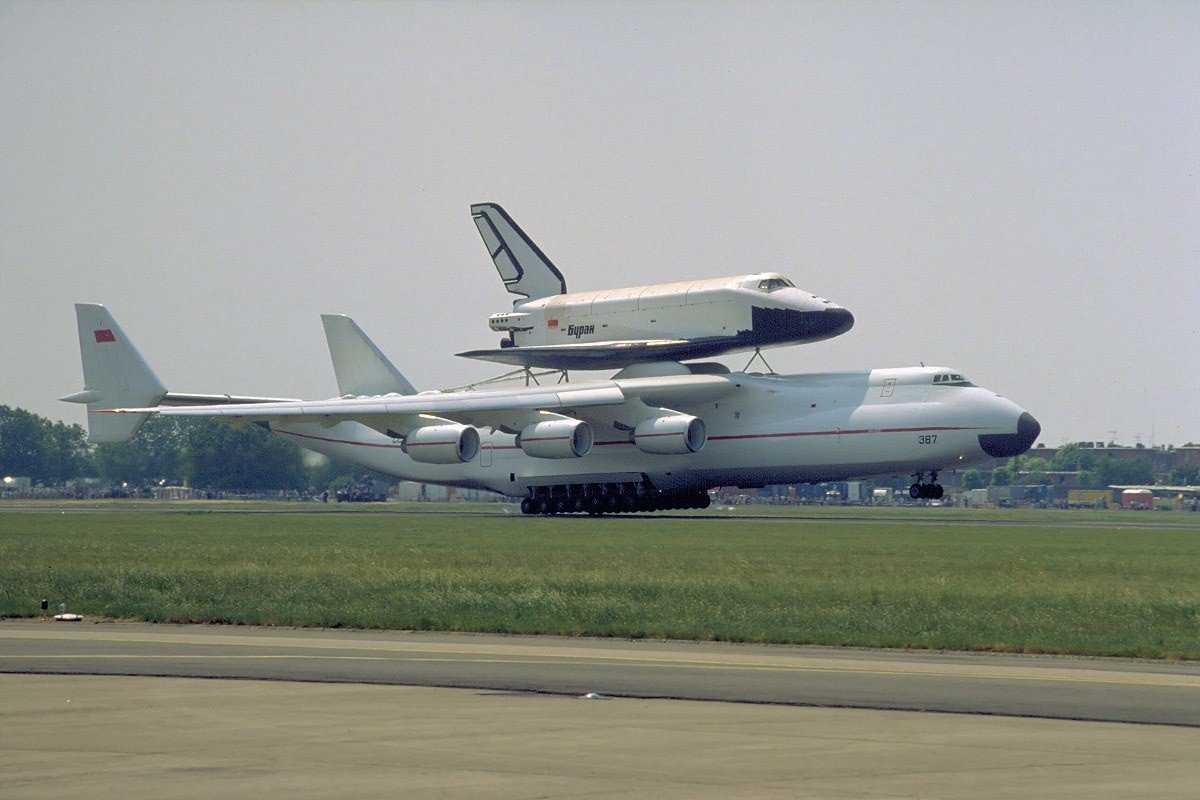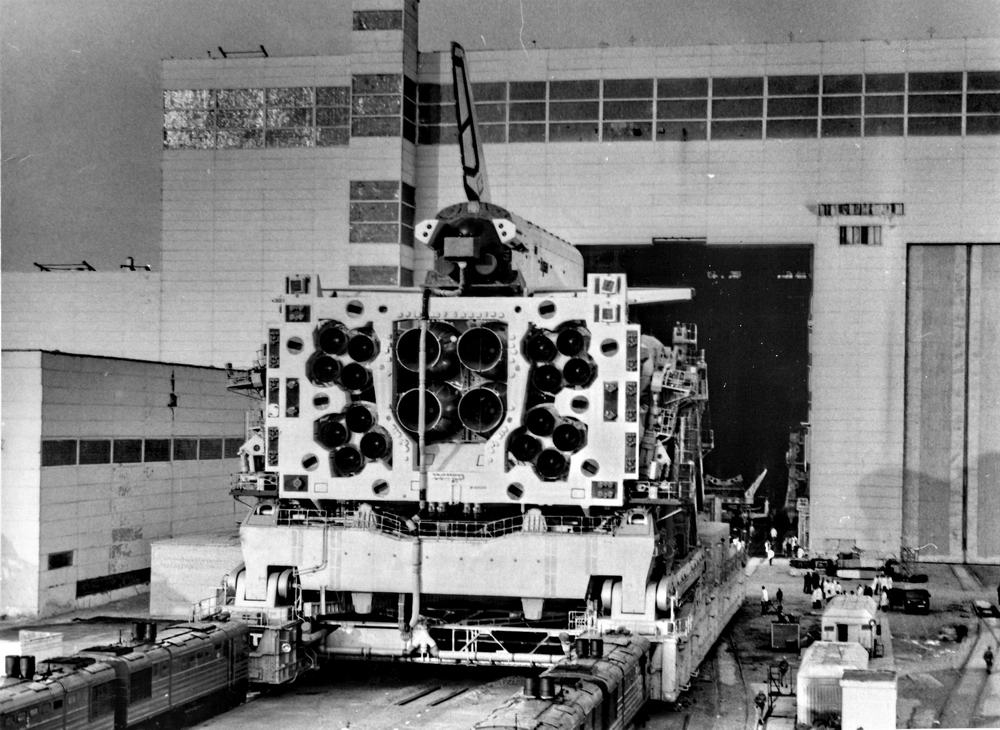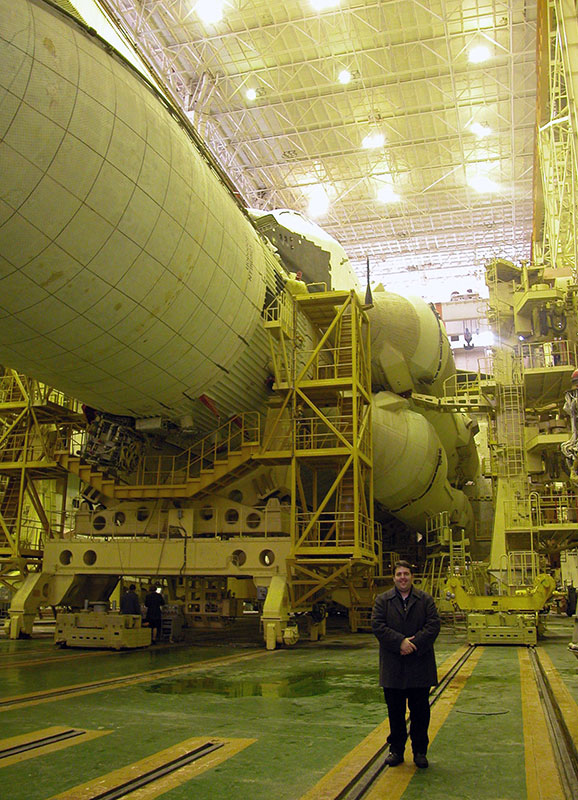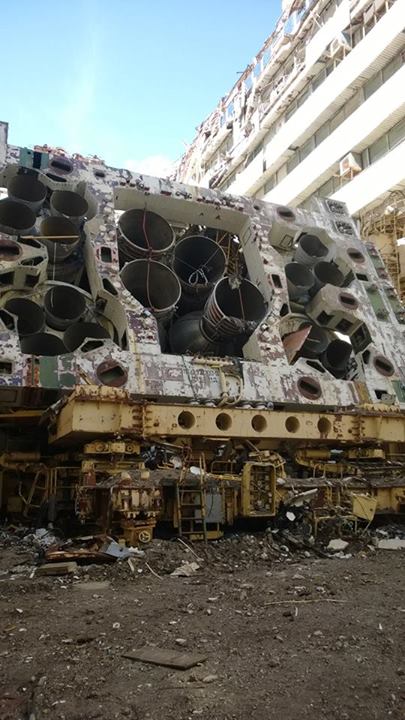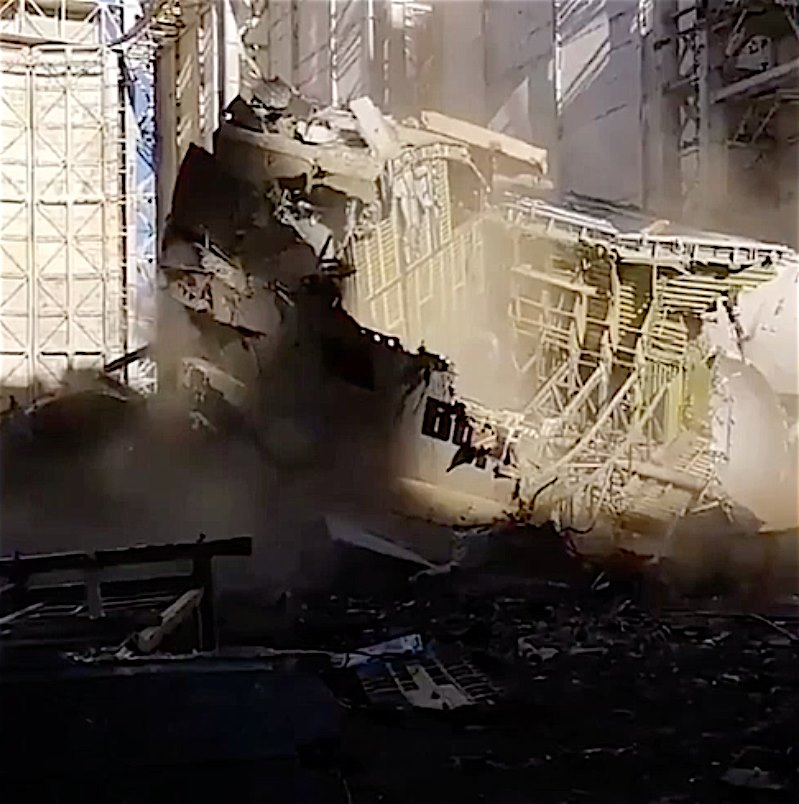Today 32 years ago, 15 November 1988 at 03:00 UTC, the Energia-Buran stack lifted off, uncrewed, on what would be Buran’s only orbital flight.
A small thread recapping this legendary event:
A small thread recapping this legendary event:
All major components (e.g. the Energia hydrogen tank in the picture below) were flown to Baikonur Cosmodrome using the Myasishchev VM-T ‘Atlant’, because the An-225 ‘Mriya’, which was specifically developed to carry these components, was not yet complete.
The first launch attempt was originally planned on 29 October 03:23 UTC.
Buran and Energia were brought to the pad on 23 October.
Buran and Energia were brought to the pad on 23 October.
However, at T-51 seconds a software failure (due to late separation of a gyro update umbilical) caused the automated systems to abort the launch.
The software problem was rectified and the next attempt set at 15 November 03:00 UTC.
That morning, there were 20 m/s winds, which exceeded the launch abort criteria of 15 m/s. Nonetheless, the launch attempt was continued.
That morning, there were 20 m/s winds, which exceeded the launch abort criteria of 15 m/s. Nonetheless, the launch attempt was continued.
At T-14 seconds, the four RD-0120 engines on the core stage begin their startup sequence. These engines used hydrogen as propellant.
At T-3 seconds, the RD-170 engines, one on each of the four side boosters, also start, burning kerosine.
(Video is from the Polyus launch)
At T-3 seconds, the RD-170 engines, one on each of the four side boosters, also start, burning kerosine.
(Video is from the Polyus launch)
At 03:00 UTC, Buran and Energia lifted off from the Baikonur Cosmodrome, Site 110/37.
The side boosters burnt for 140 seconds and then separated in pairs at an altitude of 53 km at a speed of 1.8 km/s.
The side boosters were designed to be reusable using parachutes, and there were even plans to equip them with retractable wings to land on a runway. On this first flight however, this equipment was swapped for monitoring equipment.
Buran separated from the core stage and entered a preliminary suborbital trajectory of -11.2x154.2 km.
At apogee, a short 66 m/s burn raised the orbit to 251x263 km.
At apogee, a short 66 m/s burn raised the orbit to 251x263 km.
Around T+140 minutes, a deorbit burn of 175 m/s was executed.
Buran had approximately 37,500 heat shield tiles. During re-entry, only 6 of them were lost and about 100 sustained damage.
After re-entry, Buran neared Yubileyniy Airport, located about 10km north of the launch pad.
Buran had approximately 37,500 heat shield tiles. During re-entry, only 6 of them were lost and about 100 sustained damage.
After re-entry, Buran neared Yubileyniy Airport, located about 10km north of the launch pad.
Buran, flying entirely autonomously (!), decided to alter the preprogrammed flight path to accommodate for the 17 m/s crosswinds, much to the surprise of some of the engineers, who at first didn't know what happened.
Image source: http://buran.tass.com (highly recommended!)
Image source: http://buran.tass.com (highly recommended!)
Buran landed at 06:25 UTC, 205 minutes after launch, after completing two orbits around the Earth. Touching down at 260 km/h, Buran rolled for another 1620 metres before coming to a stop.
A big part of the success of the automatic landing of Buran is due to the test flights on the OK-GLI atmospheric test article. There, among many other tests, the on-board computer was configured.
After this legendary flight, Buran was taken to the Paris air show. By this time, An-225 was complete. This would be Buran's last public appearance before being stored in MIK-112.
All good stories must inevitably come to an end. Buran’s is no exception.
On 30 June 1993, the Buran programme was cancelled.
At that time, it had cost 20 billion Rubles; about 40 billion USD in 2020. Anything but a bargain for two Energia launches and a single Buran flight.
On 30 June 1993, the Buran programme was cancelled.
At that time, it had cost 20 billion Rubles; about 40 billion USD in 2020. Anything but a bargain for two Energia launches and a single Buran flight.
As if the cancellation of the program, which thousands upon thousands of people worked on, was not enough yet, the hangar where Buran was stored (MIK-112) collapsed on 12 May 2002. This destroyed the one and only Buran, an Energia mockup, and even more tragically killed 8 people.

 Read on Twitter
Read on Twitter